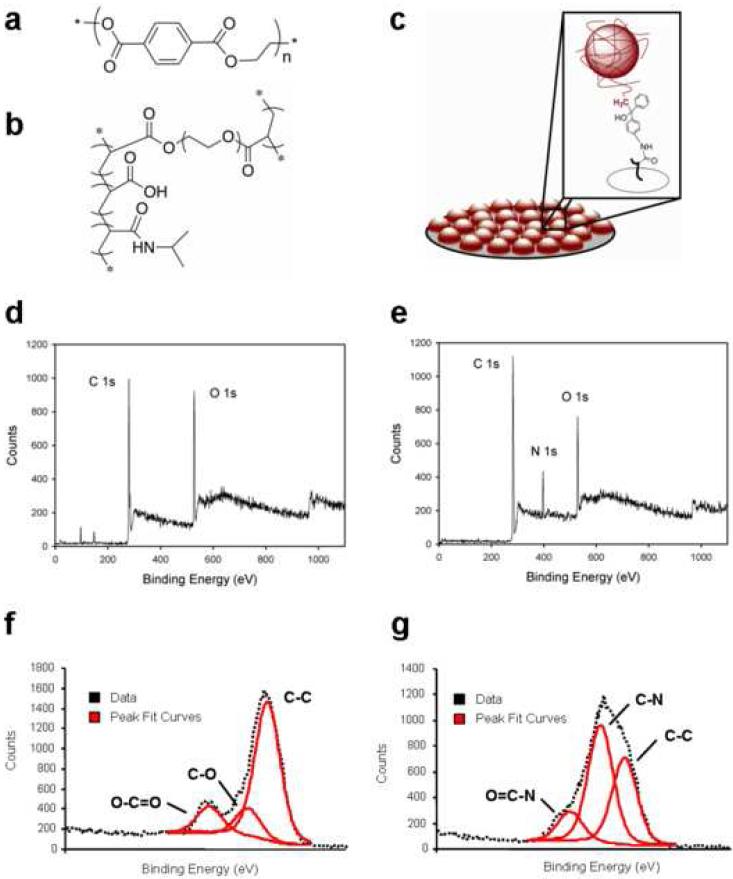Figure 1. Surface characterization of biomaterials.
Chemical structures of the unmodified PET (a) and p(NIPAM-co-AAc-co-PEGDA) microgel particles (b) are shown for reference. (c) Microgel particles (red spheres) are covalently attached to the surface of the underlying PET substrate (gray disk) by photo-crosslinking to create a polymeric coating. XPS analysis reveals the presence of nitrogen groups characteristic of C-N bonds on the surface of microgel-coated PET (e) that are absent in unmodified PET controls (d). High resolution carbon 1s data was deconvoluted, and software was used to assign peak values and determine individual carbon bonds. Results are shown for unmodified PET (f) and microgel-coated PET (g). Importantly, microgel coatings contain C-N bonds, characteristic of the amide groups in the pNIPAm particles.

